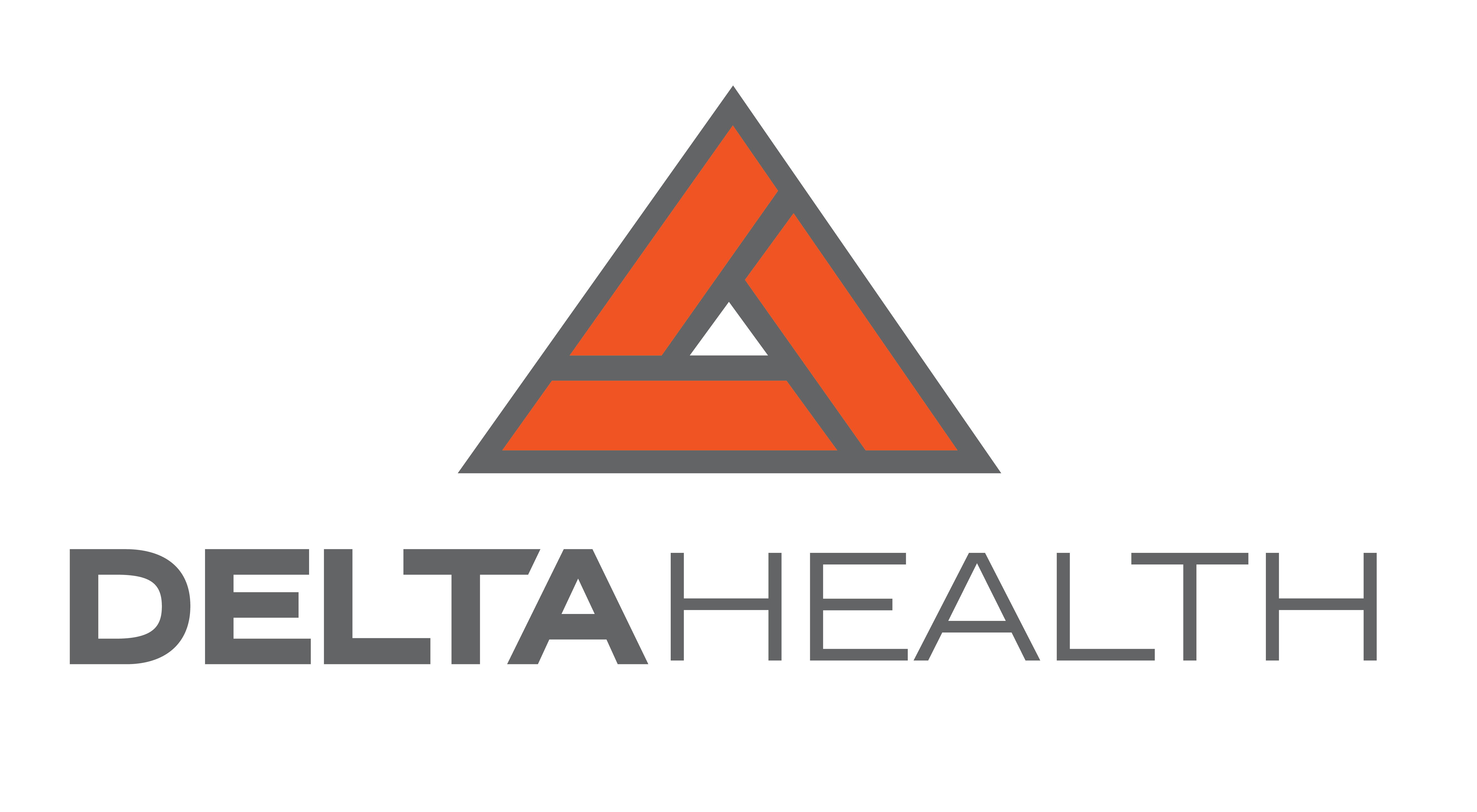Approximately 5 to 20 out of every 1,000 adults develop back pain due to spinal disc problems every year. If you're one of the many people whose quality of life is negatively impacted by back disc problems, chiropractic care can provide an effective, non-invasive treatment option. Read on to learn more about seeing a chiropractor for bulging disc, slipped disc, and herniated disc problems.
First of All--What Is a Disc?
A disc refers to the protective material positioned between the vertebrae. These discs absorb shock as you move to lessen stress on your spine, increasing your mobility. Each disc consists of a tough outer covering called the annulus fibrosus, and a soft, flexible filling called the nucleus pulposus.
What Is a Herniated Disc?
A herniated disc is a term for a specific injury caused to one of the discs that protect the spine. This occurs when small fissures form in the annulus fibrosus, allowing some of the nucleus pulposus to push through. When enough of this material begins to protrude, it can compress the nerves along the spine, leading to various unpleasant symptoms.
What Is a Slipped Disc?
A slipped disc is just another term for a herniated disc. Although it implies that the disc has actually moved out of place, the word slipped disc refers to the fact that the nucleus pulposus has slipped out of the annulus fibrosus.
What Is a Bulging Disc?
A bulging disc occurs when the material inside of a disc becomes hard. This causes the annulus fibrosus to bulge out an even amount around its surface. You can think of it as a hamburger made too big for the bun, so the edges are hanging out of the sides.
What Causes a Herniated or Bulging Disc in the Back or Neck?
As you age, the discs in your spine naturally suffer wear and tear, and over time, this can be enough to cause a bulging disc in the spine. Typically, you don't just develop one bulging disc in the neck or back. Typically, people with bulging disc symptoms have problems with multiple discs.
Age can also be the sole cause of a herniated disc. Due to the changes in the discs that occur when you grow older, lifting a heavy object or twisting sharply can be enough to cause a tear. A fall, a direct hit to your back, and other blunt force trauma can also cause a herniated disc, but this is relatively rare.
What Are Bulging and Herniated Disc Symptoms?
Although the conditions are different, bulging and herniated disc symptoms are essentially the same. They include:
- Pain in the buttocks and legs if the herniated or slipped disc is in the lower back
- Shoulder and arm pain if the herniated or slipped disc is in the neck
- Numbness or tingling that radiates through the upper or lower body
- Weakness of the affected limbs
What Is Degenerative Disc Disease?
Degenerative disc disease is a condition in which damage to the spinal discs leads to chronic pain. People with degenerative disc disease usually have one or more herniated or bulging discs. Pain from degenerative disc disease may be constant, triggered by certain activities, or seemingly come and go at random.
Can a Chiropractor Help a Herniated or Bulging Disc?
Yes, chiropractic treatment is often an effective way to address pain and discomfort caused by a herniated or slipped disc. A chiropractor's slipped disc or herniated disc treatment may allow you to avoid more invasive interventions, such as spinal surgery. In addition to treating the bulging or herniated disc, a chiropractor may also provide additional care to improve your overall health and well-being, as chiropractic care tends to take a holistic approach that goes beyond just easing immediate symptoms.
Herniated Disc Chiropractic Treatment Techniques
When you schedule an initial appointment with a chiropractor for bulging or herniated disc treatment, the doctor will perform tests and examine you to locate the affected disc and assess its condition. Then, they will develop a treatment plan that may include the following techniques:
- Flexion-distraction: during this treatment, you lie on a specially designed table that stretches the length of your spine. The chiropractor then isolates the damaged disc and performs a gentle pumping motion to help shift the disc away from the nerve to ease the pressure. Usually, ultrasound and muscle stimulation are used along with flexion-distraction to alleviate inflammation and support healing.
- Pelvic blocking: during this treatment, the chiropractor places cushioned wedges on both sides of the pelvis and then manipulates the spine to draw the disc away from the nerve. Often, light exercise is used along with pelvic blocking to ease symptoms.

